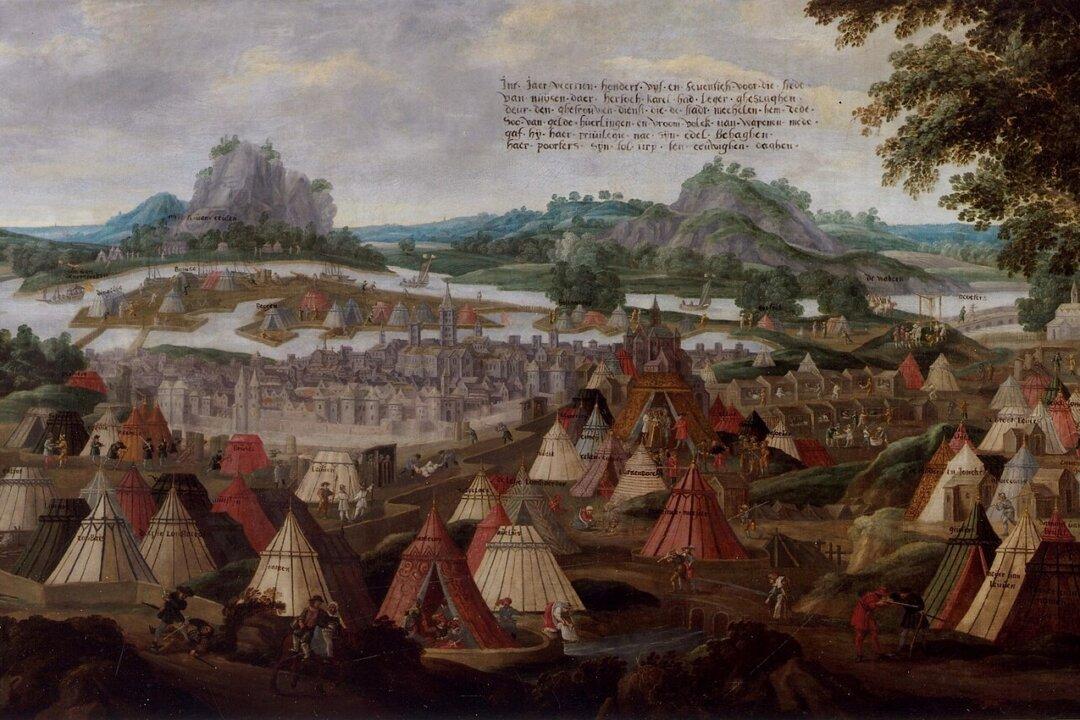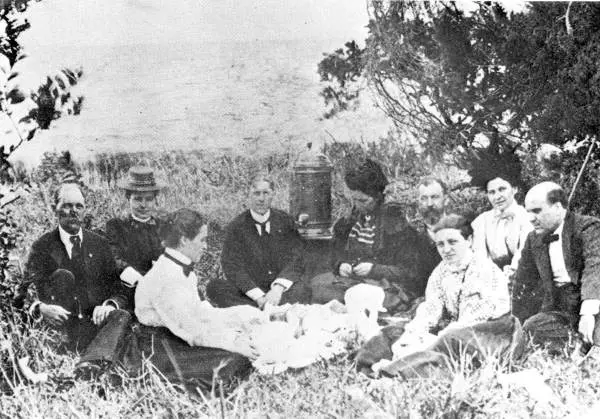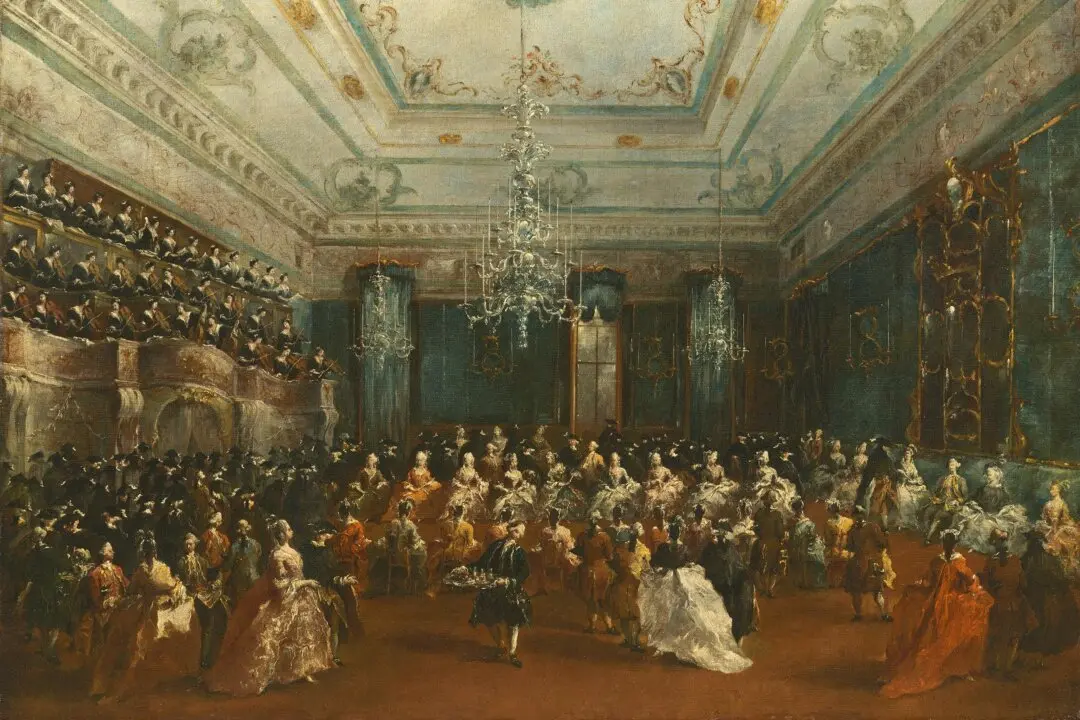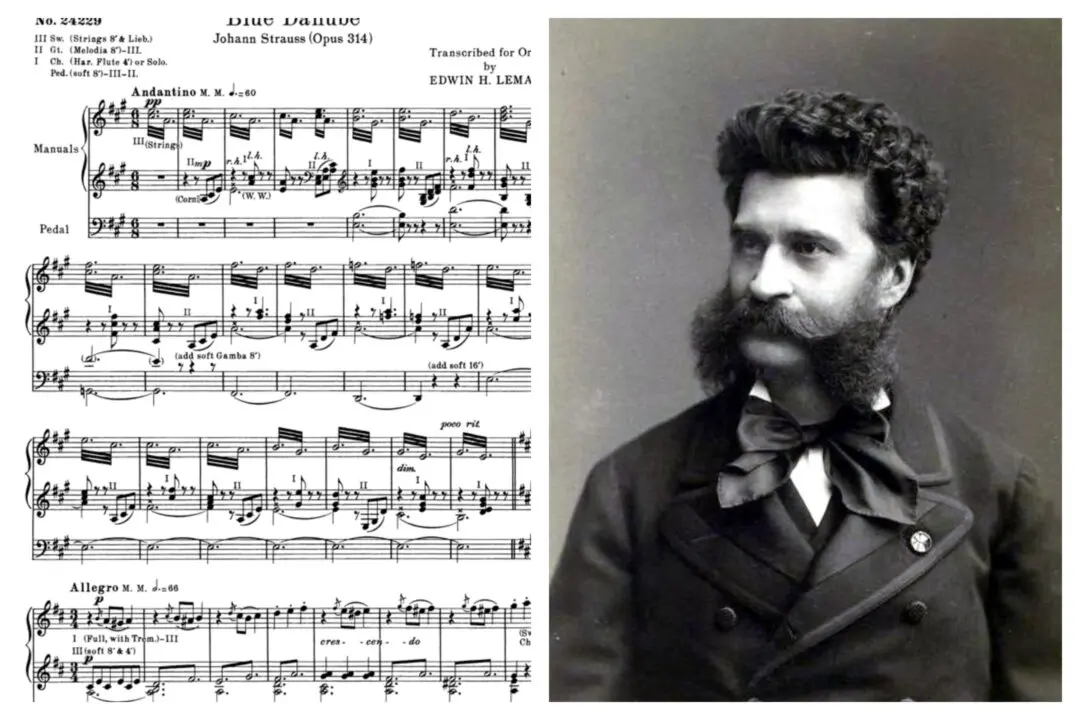Art needs business; less acknowledged is that business (or politics) needs art. Good patrons understand that cultural prestige can enhance their authority, and even legitimate it.
Modern patrons might take a few lessons from the Dukes of Burgundy, the most important patrons of music in 15th-century Europe. Descended from the French House of Valois, they governed a state that no longer exists, but was glorious while it lasted.





